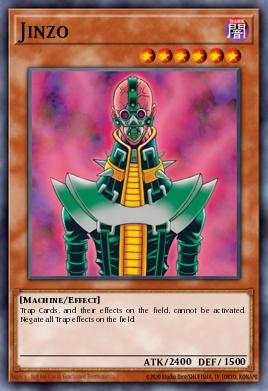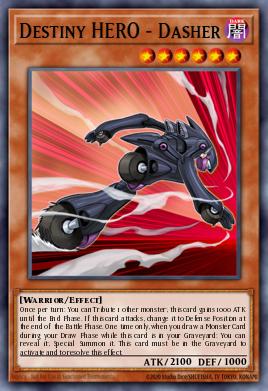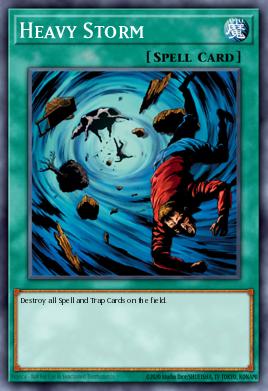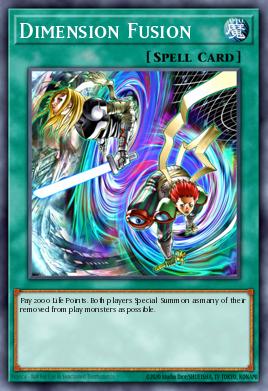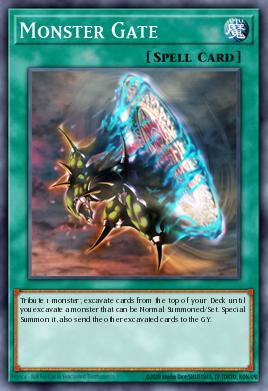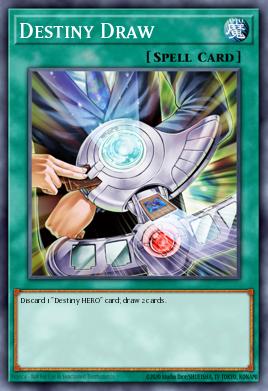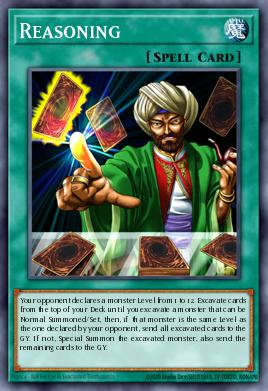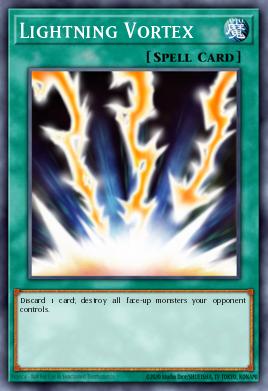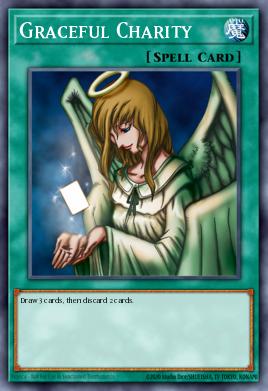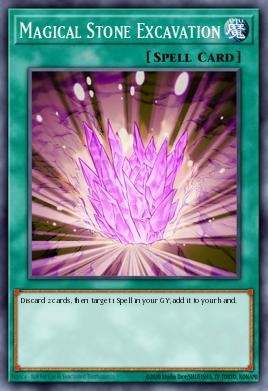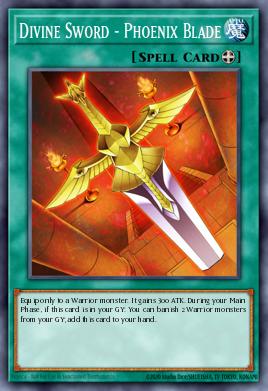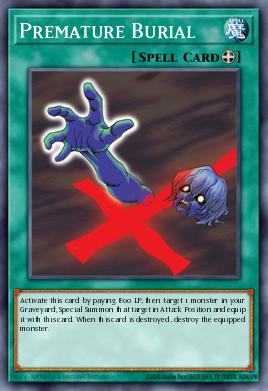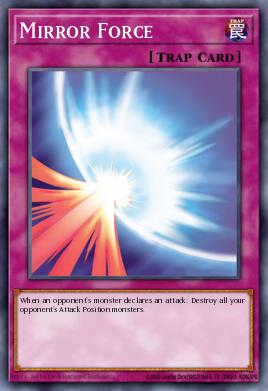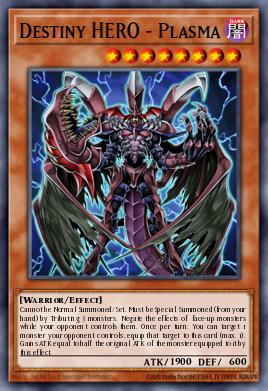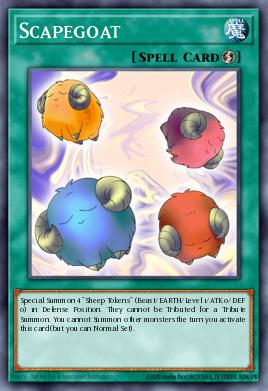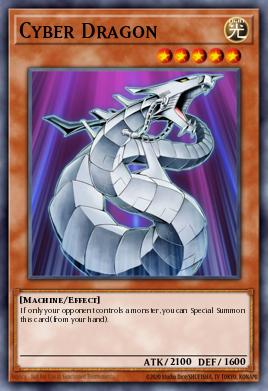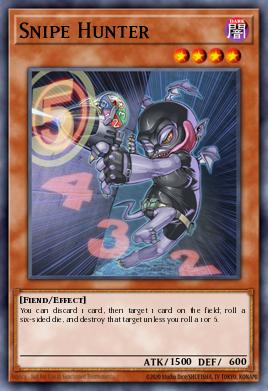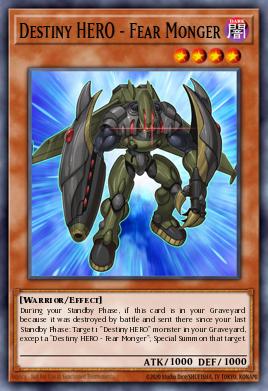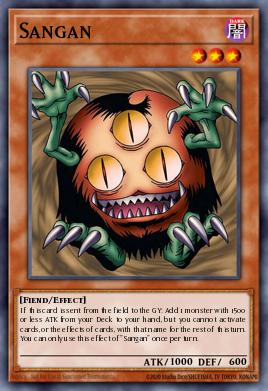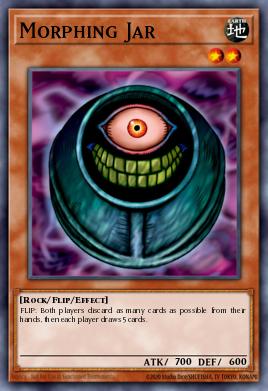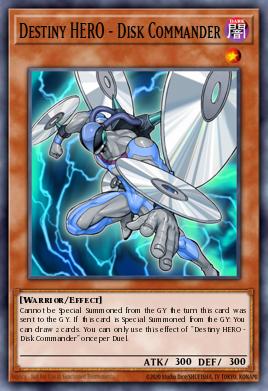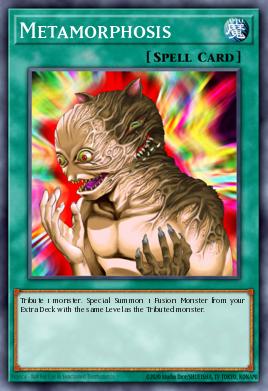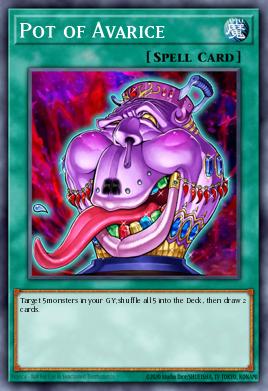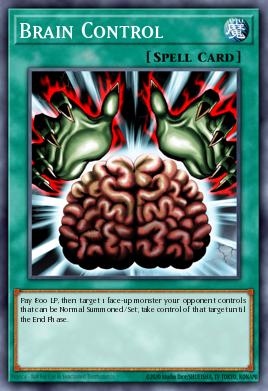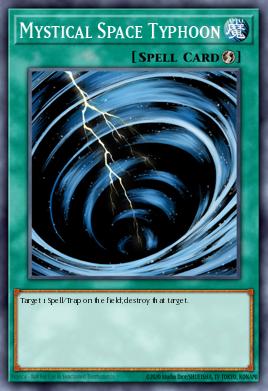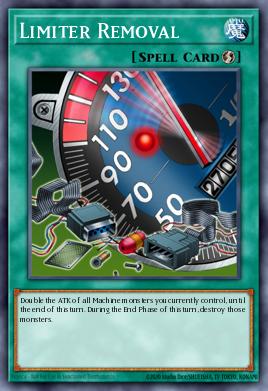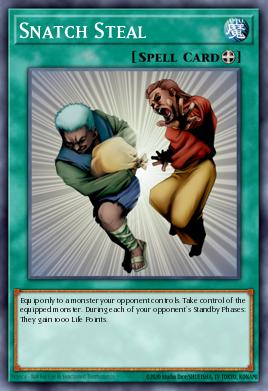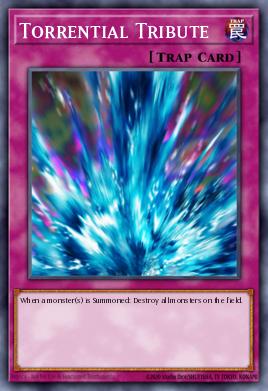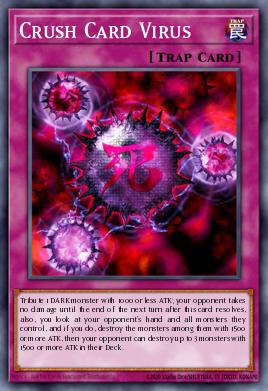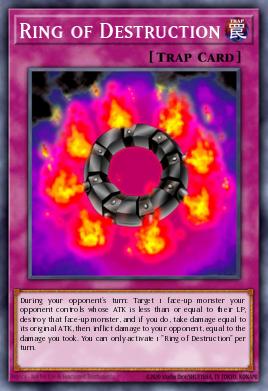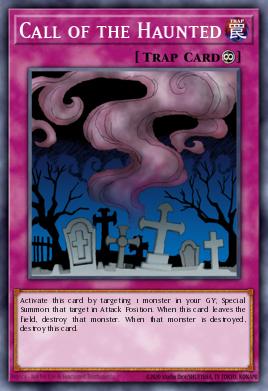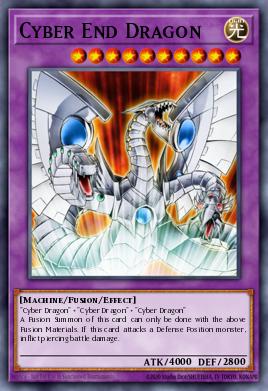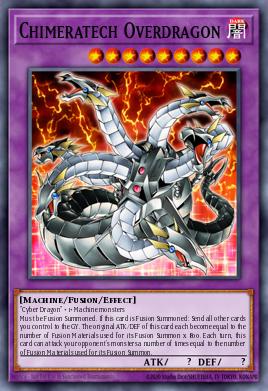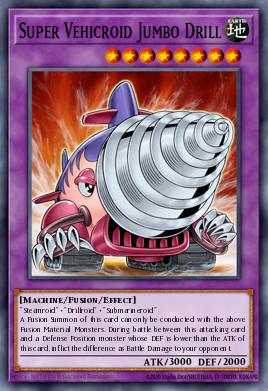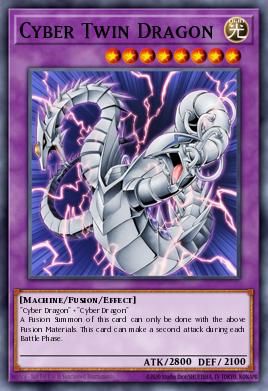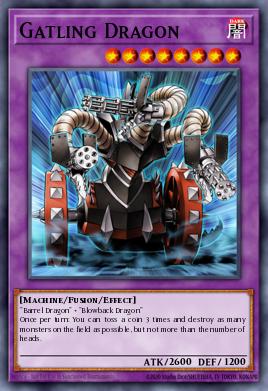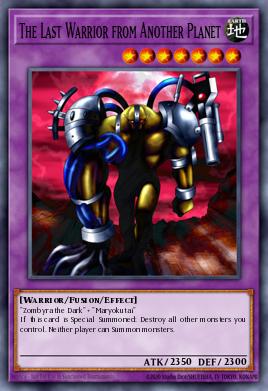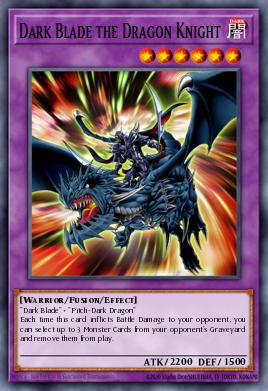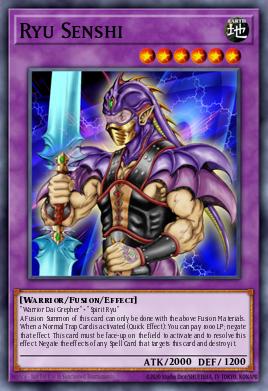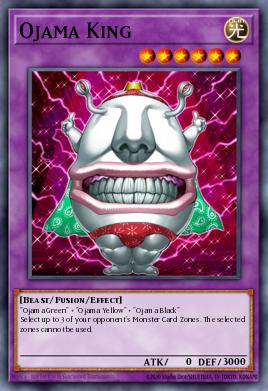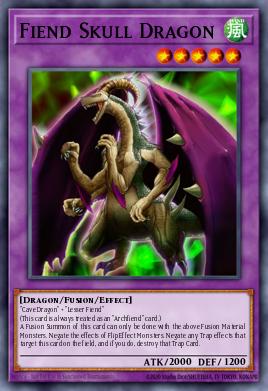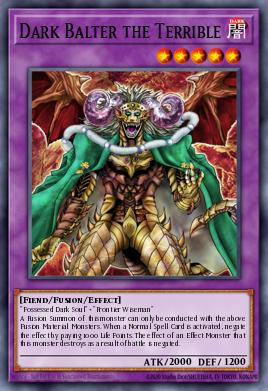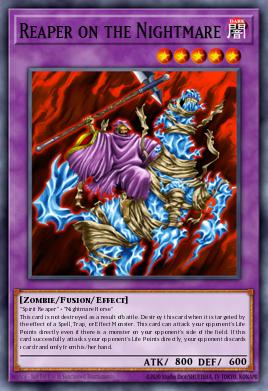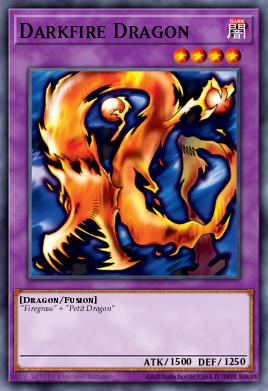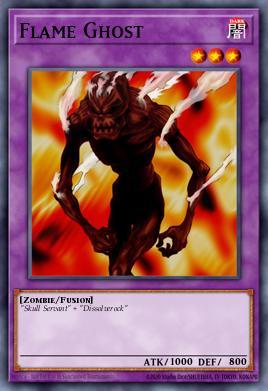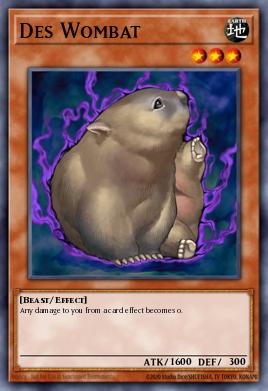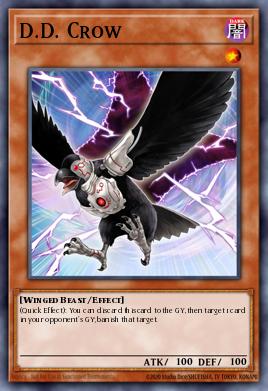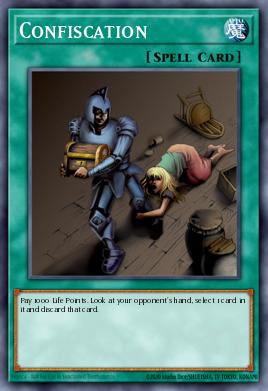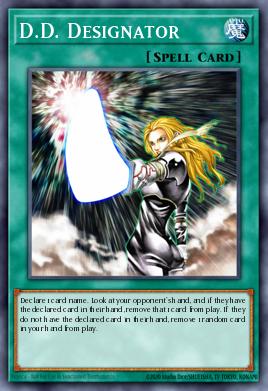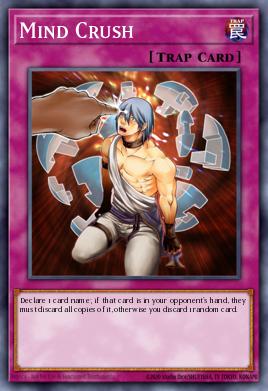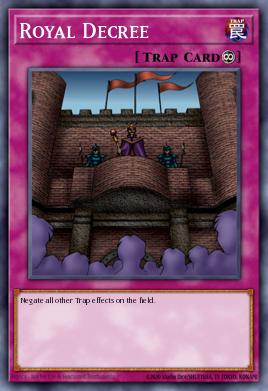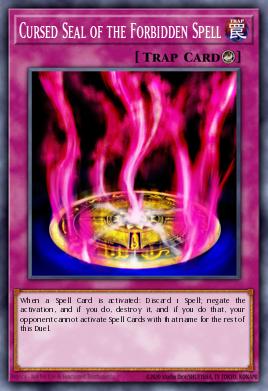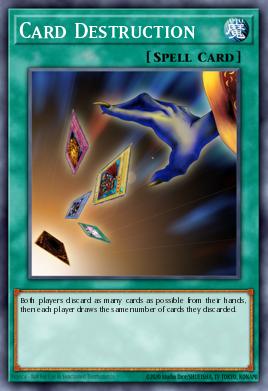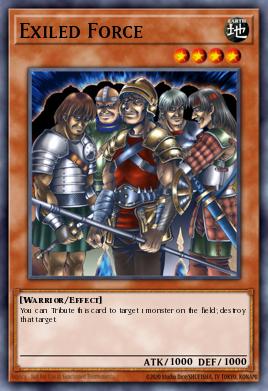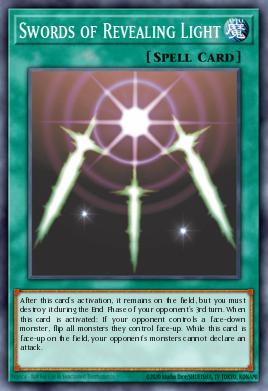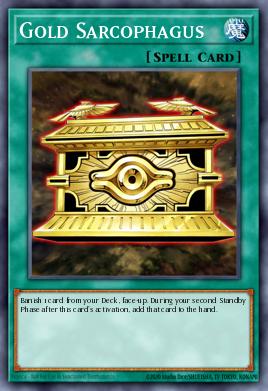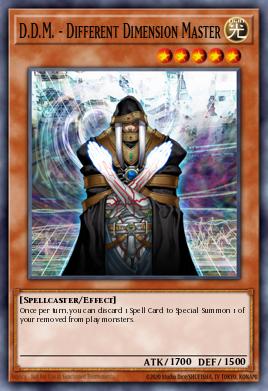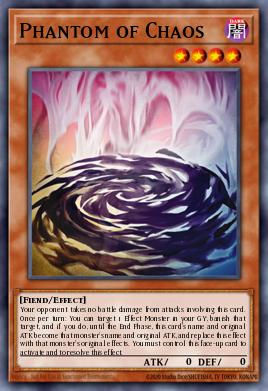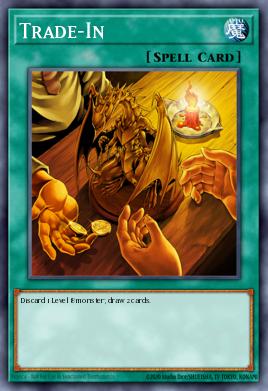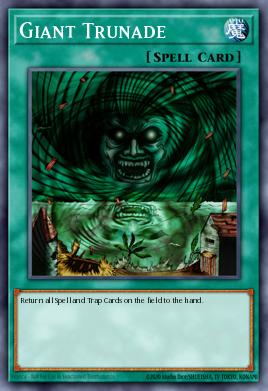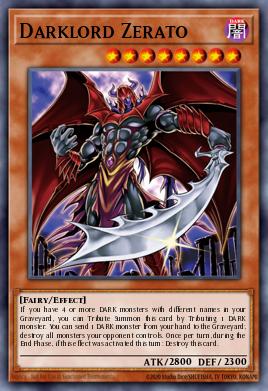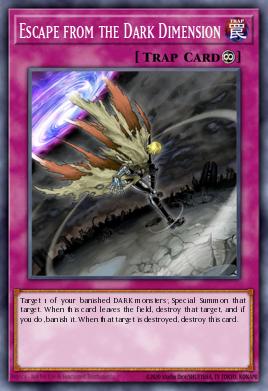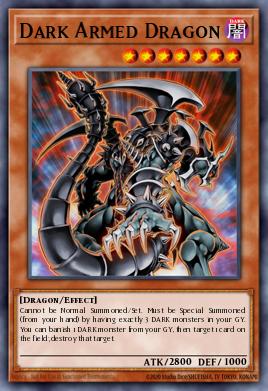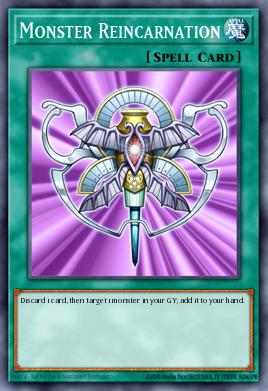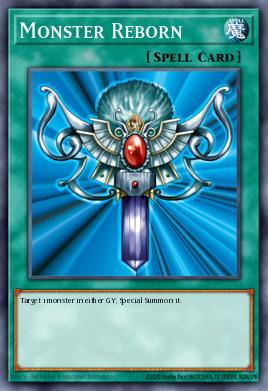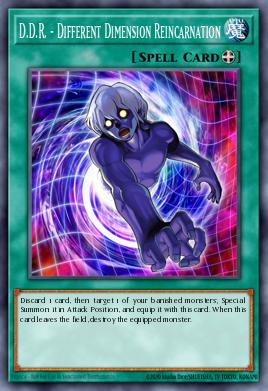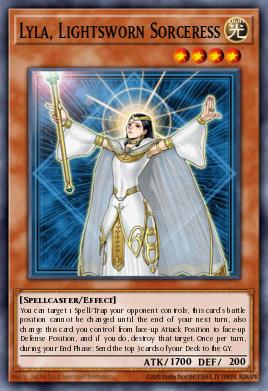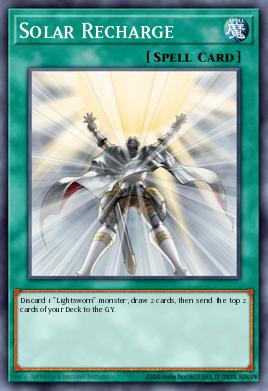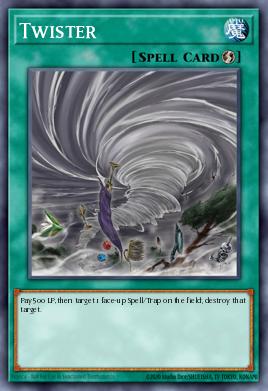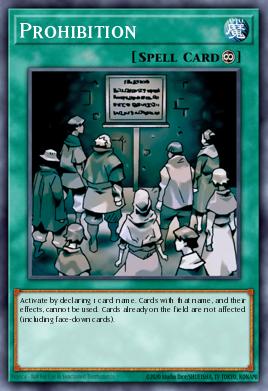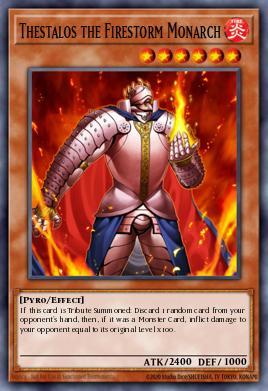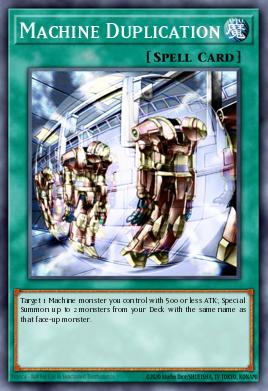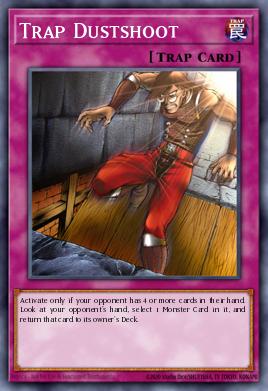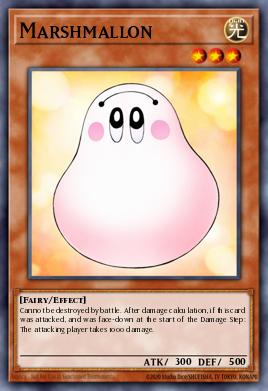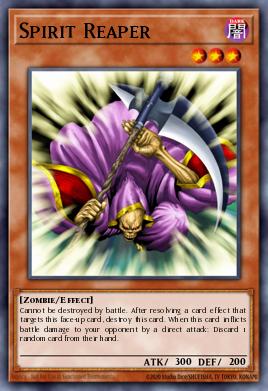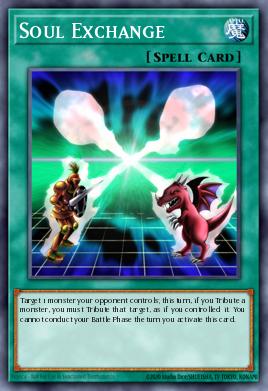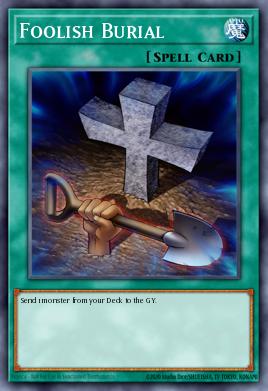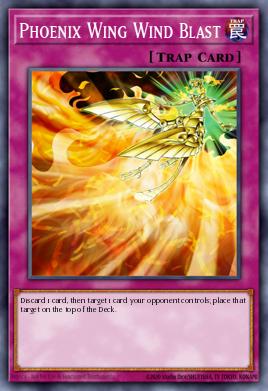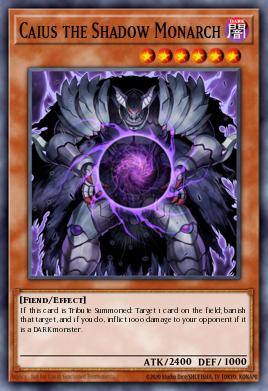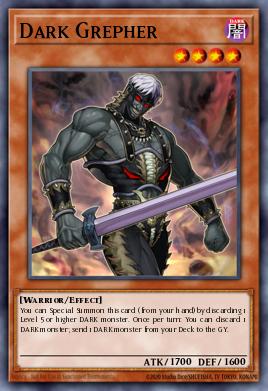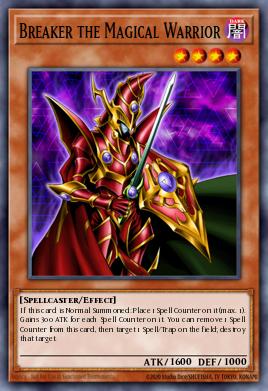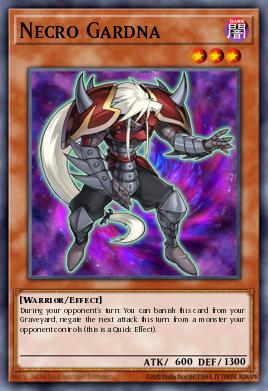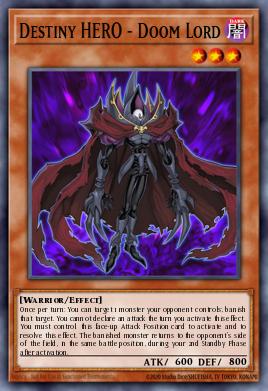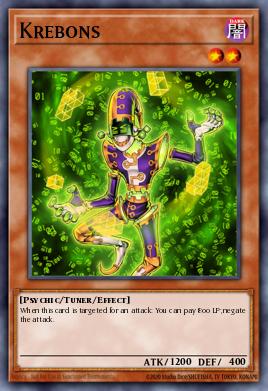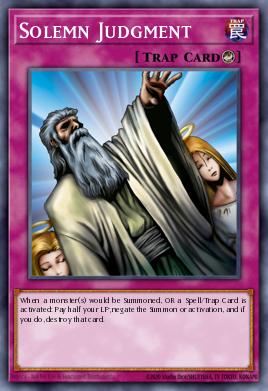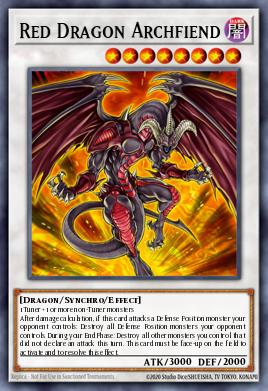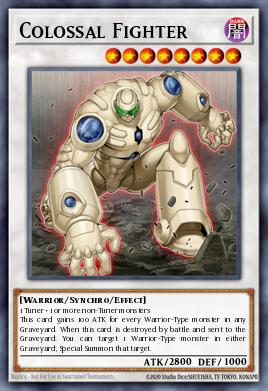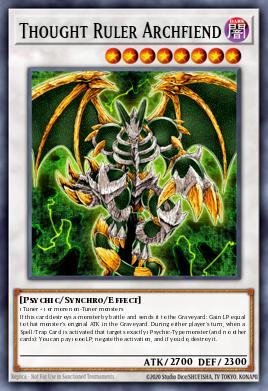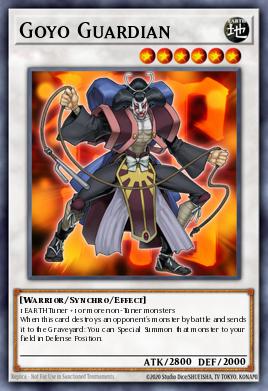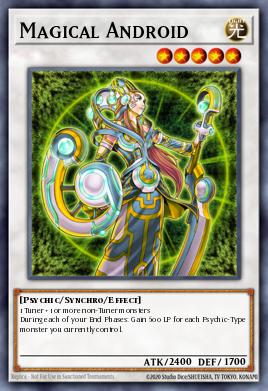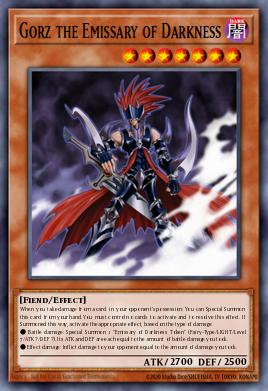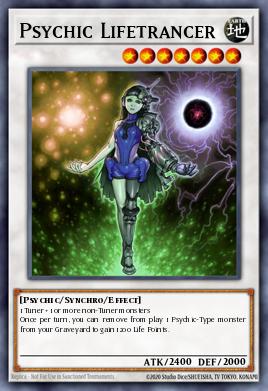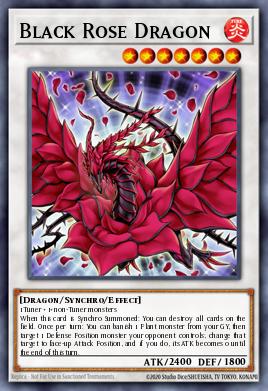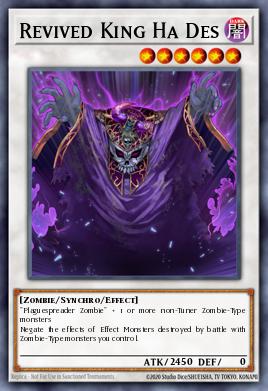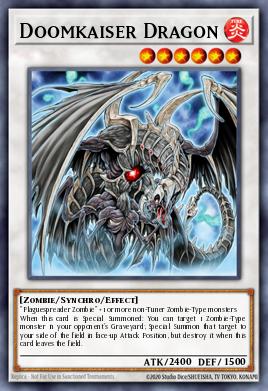The ideology of a Hero is something that transcends the Yu-Gi-Oh Trading Card Game. They are a media staple, whether in movies, television, books, and many other sources of entertainment. It's an easy archetype to fall back on. Yu-Gi-Oh is not unfamiliar to Heroes, with each of the seven anime being based on a singular main protagonist who has to save the world. Heroes are so popular that they have transcended the anime characters and have become their own full fledged archetype.
The HERO archetype is used by a few characters in the anime and manga. The biggest examples are Jaden Yuki and his Elemental HERO cards as well as Aster Phoenix and his Destiny HEROes. We've also seen other HERO variants like Vision HEROes, Evil HEROes, and Masked HEROes. An archetype as big as HERO seems likely to see competitive success. That's why I'm here to go through the history of this archetype in the competitive meta and its evolution throughout the years.
Introduction
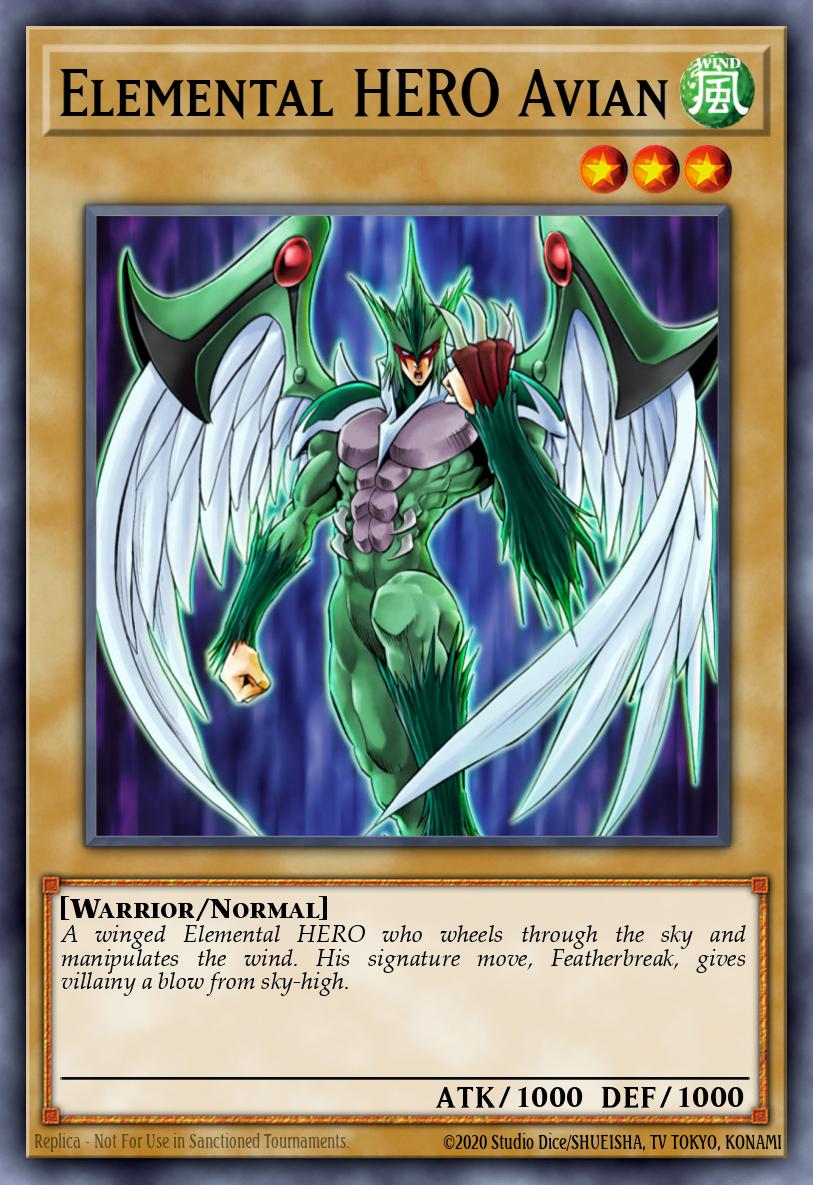
The HERO archetype made its debut in The Lost Millennium, the first set of the GX era. In this set we had several HERO cards like Avian, Burstinatrix, Clayman, and Sparkman. Their main goal was to fuse together via Polymerization into cards like Flame Wingman or Thunder Giant. However, the HERO archetype did not take off on release using this playstyle. The first HERO cards to become meta relevant were actually the Destiny HERO cards in Enemy of Justice and later in Power of the Duelist.
You had some nice advantage generating effects with the Destiny HEROes on release. Diamond Dude is able to excavate a Spell to use its effect the next turn, ignoring any cost it has. Doom Lord was able to banish a monster the opponent had for a few turns. Fear Monger could revive a Destiny HERO during the next Standby Phase after it was destroyed in battle. Dasher could summon a monster you draw during your Draw Phase once while it's in the graveyard. The Destiny HEROes did come together better, but they needed more.
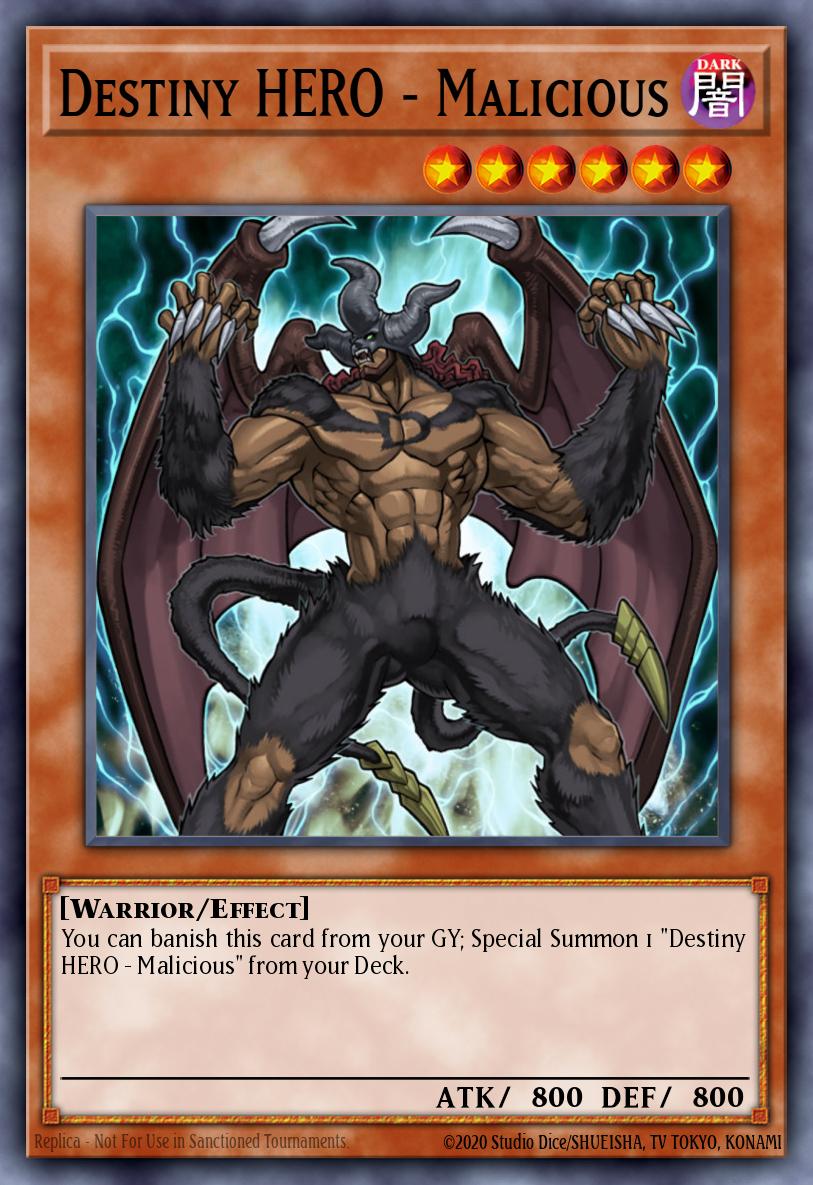
Destiny HEROes did receive a few more cards via Duelist Pack: Aster Phoenix and the World Championship 2007 game. You had Malicious to keep banishing itself from grave to summon another copy from Deck. This made for great discard fodder off the new Destiny Draw for a draw 2. You also were giving Disk Commander to let you draw 2 each time it was revived. These were easily some of the best Destiny HERO cards, but they needed more. This is where Elemental HEROes came back into play. In April 2007, we received Elemental HERO Stratos as a Jump promo. This was a Level 4 monster that could search for any HERO monster or remove backrow for each other HERO you control. It was a powerful consistency boost for HEROs and what brought the archetype into the meta.
Airblade Turbo (Early 2007)
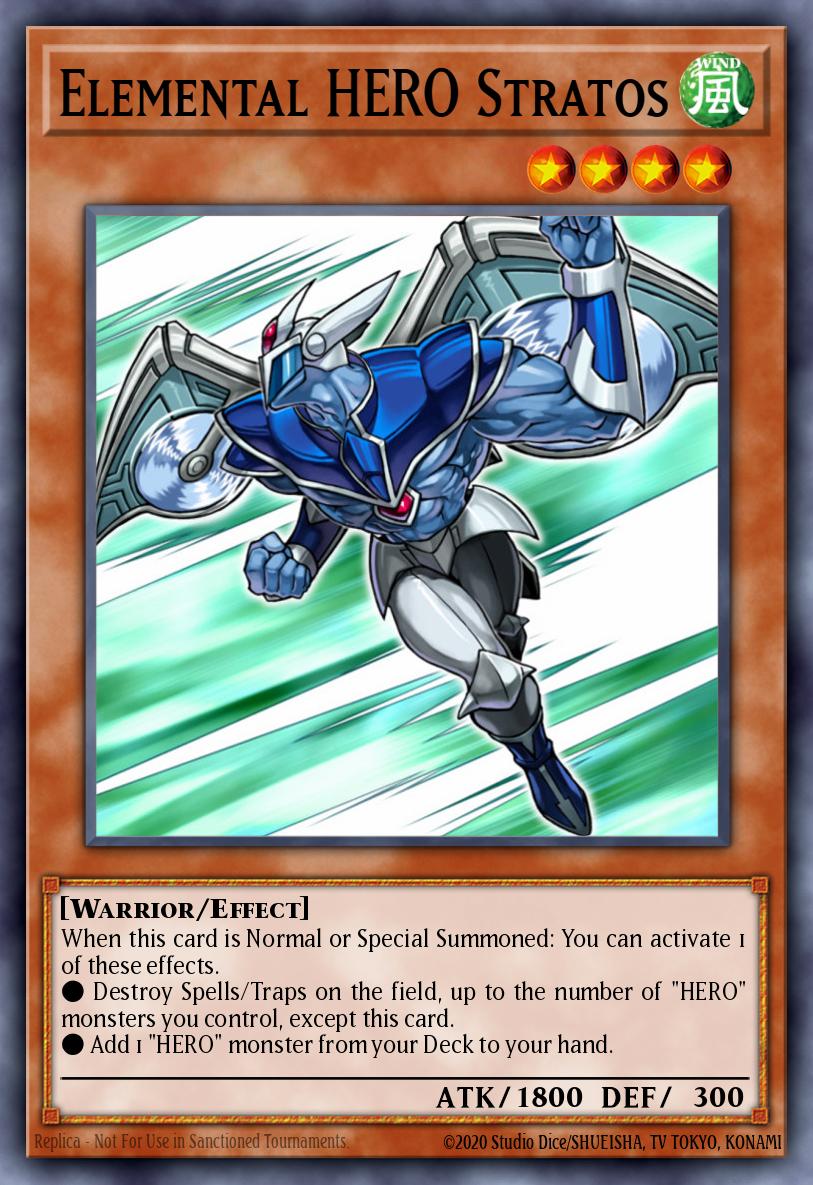
Airblade Turbo is one of the most infamous Decks in the game's history, in the sense that it was legal for one event with Stratos at 3, Shonen Jump St. Louis 2007. The goal of this Deck was to generate +1 card advantage to build up to your eventual OTK. Stratos helped search your HEROs like Diamond Dude for a Normal Summon or Destiny Draw fodder like Malicious or Dasher. Malicious kept summoning other copies of itself from Deck while Dasher let you summon whatever monster you drew in the Draw Phase once while in the graveyard. Diamond Dude excavated your power Spells like Reasoning, Monster Gate, Graceful Charity, etc. to resolve next turn for some advantage.
The Deck was insanely consistent for its time and the OTK was easy to pull off. It's one of the main reasons why Stratos went to 1 after its first and only event in March 2007. The power of this Deck needed to be checked, otherwise it would control the rest of the format at the time. The Deck was able to evolve with time, but you can never forget this Deck with 3 Stratos.
The OTK
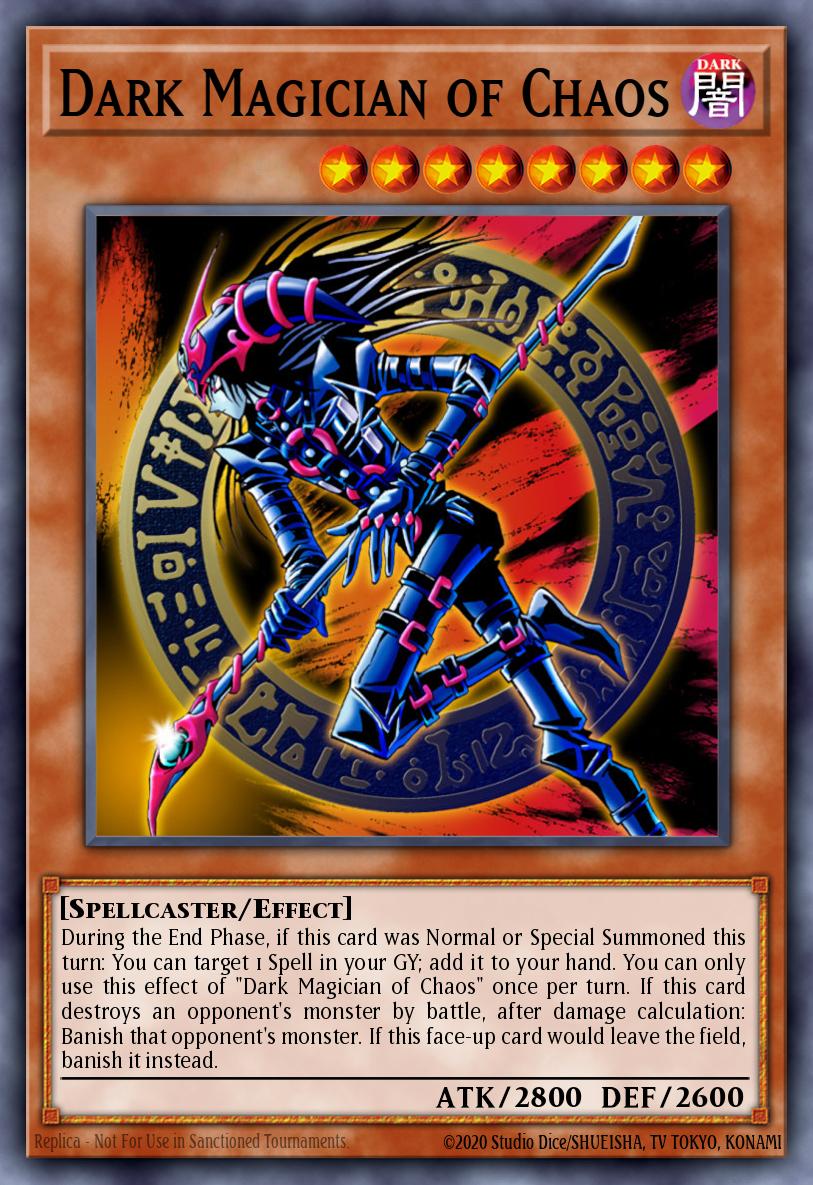
The OTK centered around getting Phoenix Blade into the graveyard to banish Warriors so you can recover Phoenix Blade. This way you could eventually resolve Dimension Fusion to summon multiple monsters for massive damage. It also helped to have cards like Dark Magician of Chaos and Magical Stone Excavation to retrieve your Dimension Fusion. This was at a time where DMOC could also retrieve the Spell on summon as well, making the Deck faster. You could summon your DMOC to retrieve Dimension Fusion from grave by using Monster Gate or Reasoning to get it from Deck or Premature Burial to revive it from the grave. Magical Stone Excavation could also throw Warriors into the grave for Phoenix Blade while also recovering your Dimension Fusion, or the cost could be ignored if excavated off Diamond Dude.
Bloo-D
An interesting version of Airblade Turbo also appeared in the OCG. Known as Bloo-D, mainly as reference to the OCG name for Destiny HERO - Plasma. The Deck had the same strategy, just with the added boost of Plasma in the Deck. Plasma is an insanely strong card that negates all your opponent's monster effects on field as well as absorb their monsters to gain half their ATK. It was another option besides the OTK that you could achieve with Dimension Fusion or Scapegoat. Unfortunately for the TCG, we never experienced this version since Stratos went to 1 before Plasma's release, but I'm sure this would have been the way to play Airblade if we did have Plasma.
T-Hero (2007)
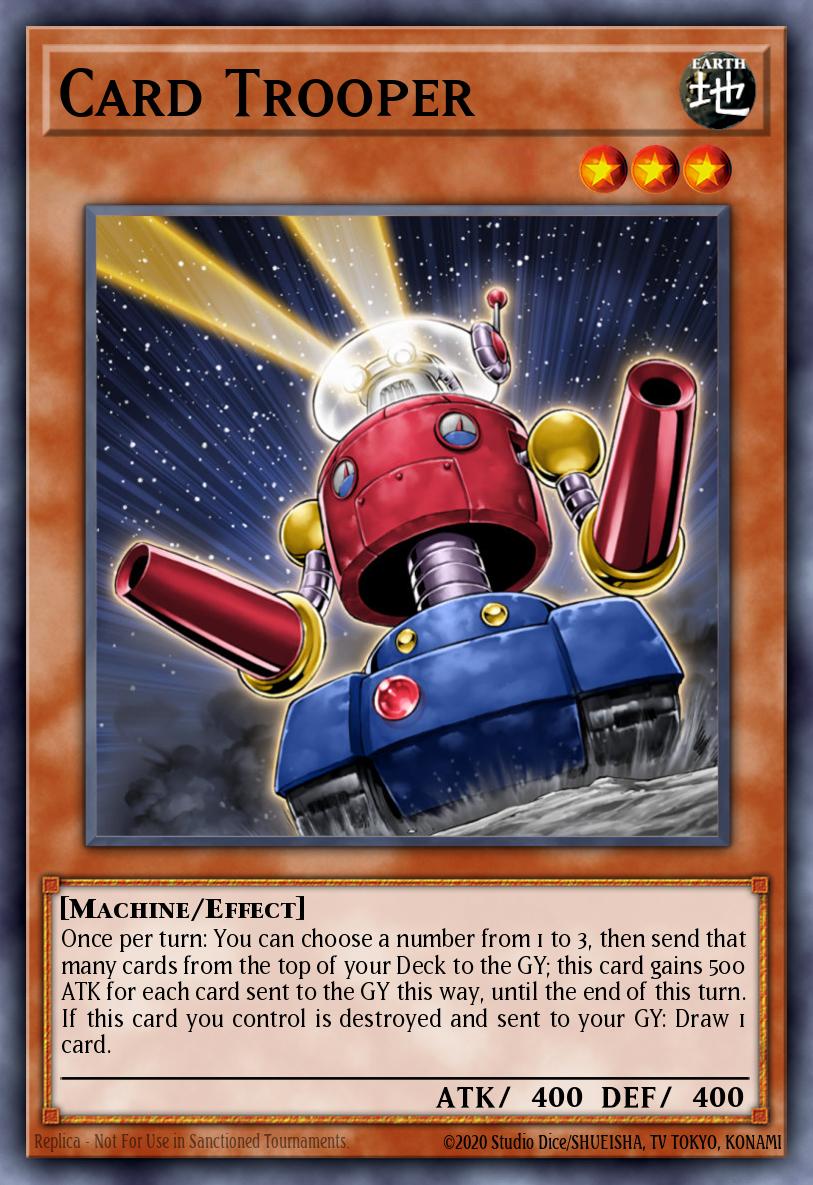
A Deck that was innovated by Threeresak Poonsombat, T-Hero was an interesting take on using the HERO monsters. Instead of going the route of Phoenix Blade and Dimension Fusion, this version of the Deck focused on some Machine monsters like Cyber Dragon and Card Trooper. You had consistency with Stratos alongside Destiny Draw with your D-HEROs. This Deck also added Fear Monger as a 1-of to revive Destiny HEROs like Dasher for a beater or Disk Commander for a free draw 2. You also had Metamorphosis to turn your monsters into a more powerful Fusion, or you could do the same with an opponent's monster via Snatch Steal. I wish I could find more on the Deck, but information does seem limited here. Still, it's an interesting piece of history I wanted to mention.
Diamond Dude Turbo/DDT (2007-2008)
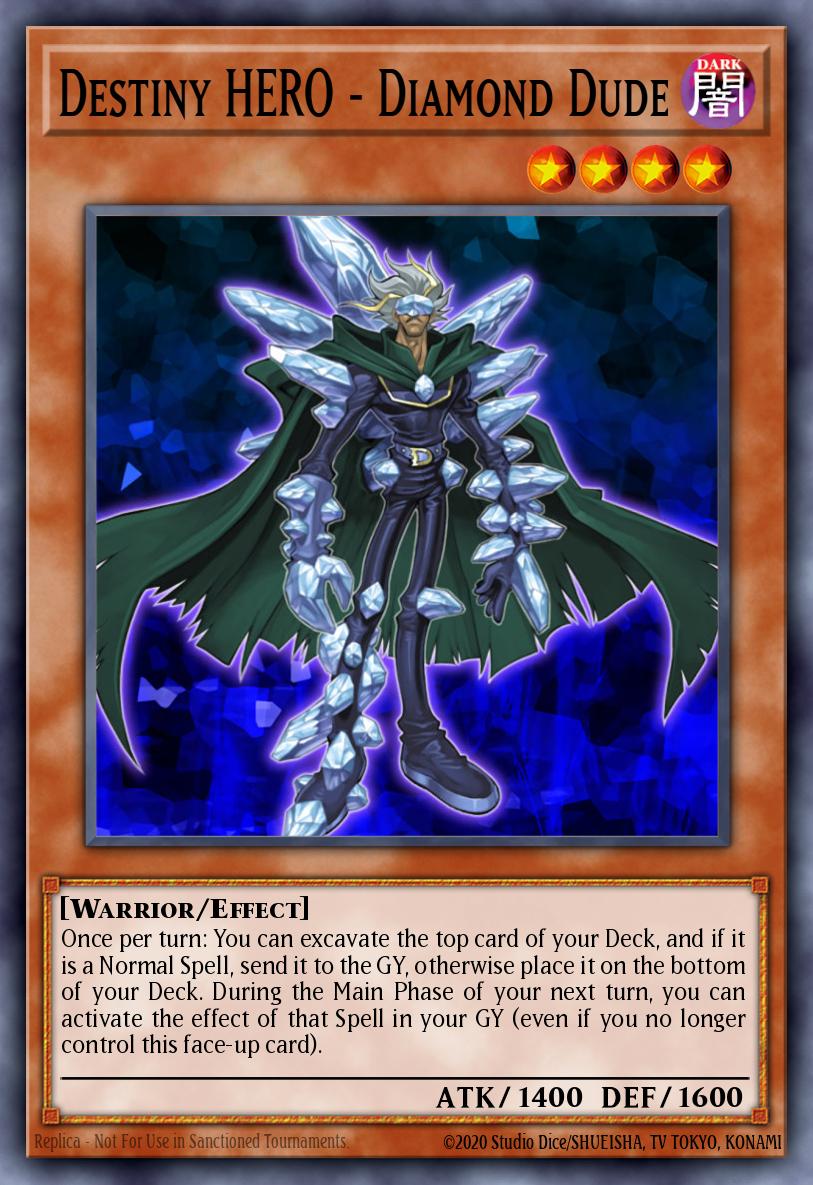
Stratos getting limited so soon after its release made Airblade Turbo evolve into Diamond Dude Turbo. The Deck started to shift towards focusing more on resolving Destiny HERO - Diamond Dude's effect to excavate Spells to resolve the next turn. This did offer a nice benefit since the cost for said Spell did not have to be paid when resolving it with Diamond Dude. This was because Diamond Dude only copied the effect of the Spell, which the cost is never part of the effect. This way you could resolve many power Spells, whether they had a cost or not. It was a long standing Deck in the format that went through several iterations.
Post Elemental HERO Stratos Limit
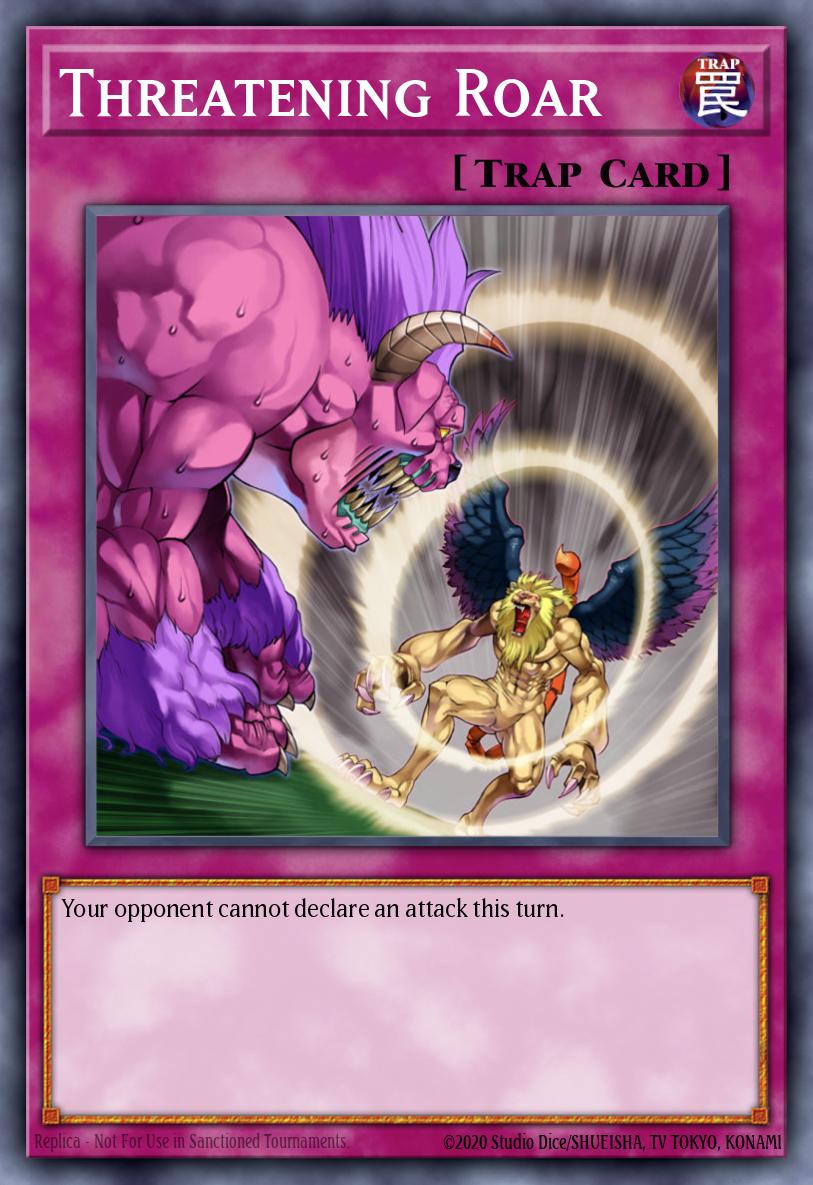
The loss of Stratos made players need to resort to new ways to getting Malicious into the graveyard. One of the best ways to do this was to rely on Card Trooper's milling capabilities while also gaining a 1900 body. This also let you potentially mill a Phoenix Blade to resolve your main OTK, which does get harder with 1 Dimension Fusion. The Deck made up for a loss of consistency by relying on Threatening Roar to stall while you get the combo you needed to finish the game.
Post Magical Stone Excavation Limit
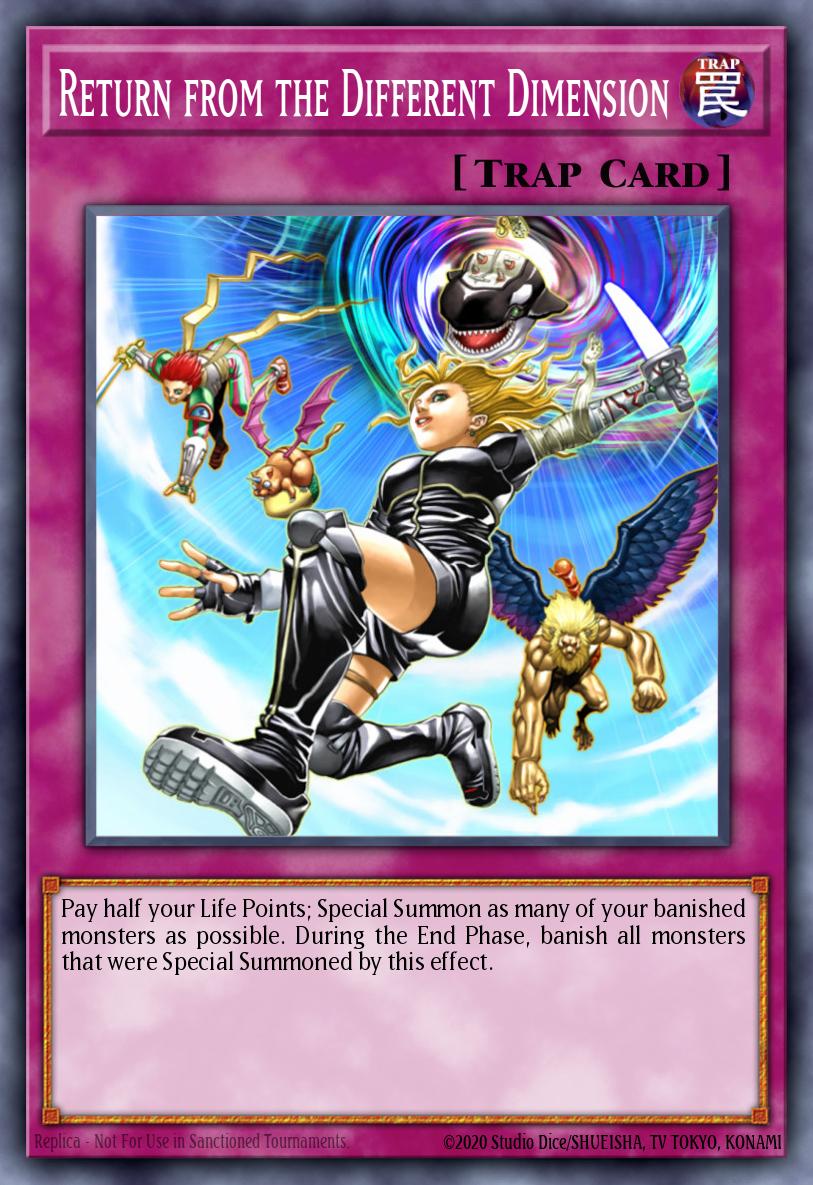
The DDT Deck once again had to evolve after Konami limited Magical Stone Excavation in June of 2007. The Deck started to focus more on using Traps and less monsters, which is why Jinzo was cut from the Deck. The Card Troopers were also removed from the Deck to increase the chances of excavating Malicious or Phoenix Blade off your Monster Gate or Reasoning. Return from the Different Dimension also added another way to OTK with only 1 Dimension Fusion, but was an inconsistent card in DDT. This is the only version of DDT to ever top with Return from the Different Dimension.
Destiny HERO - Plasma in the TCG
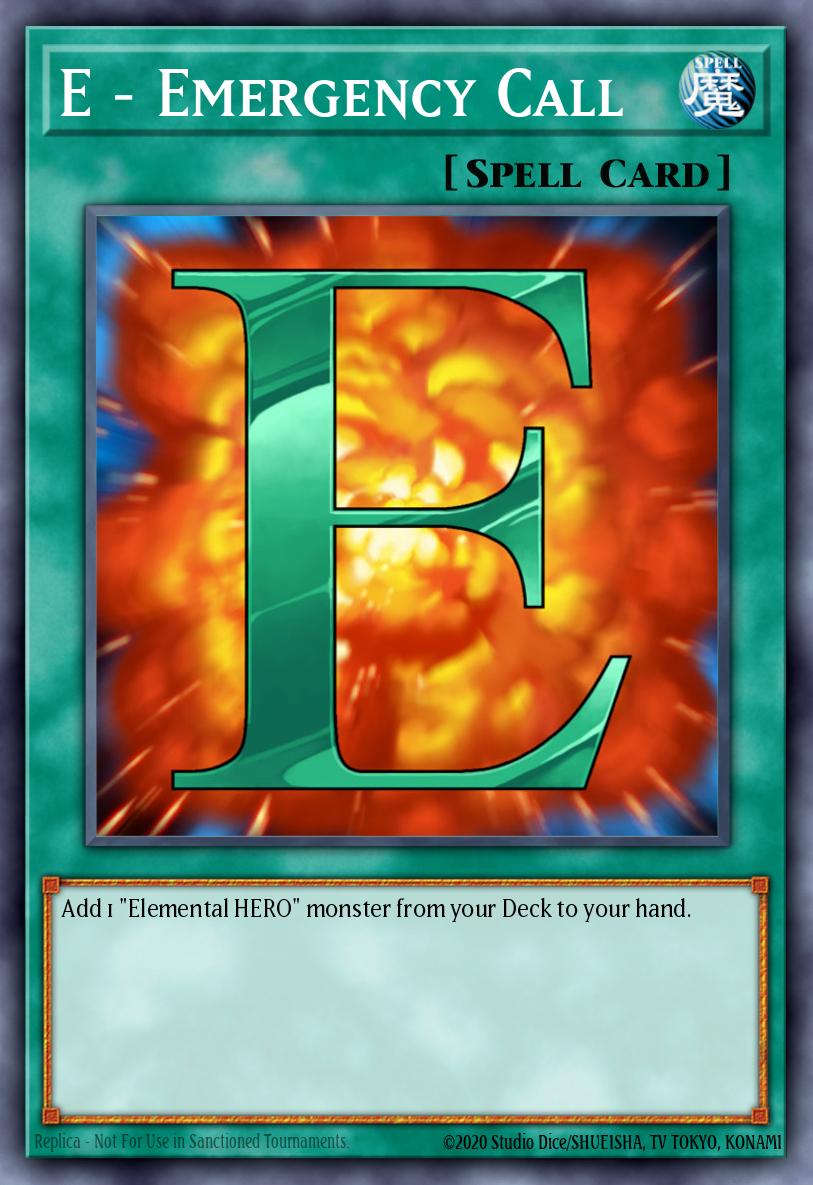
After awhile, Plasma finally made its way to the TCG. Plasma gave the Deck a Destiny Draw target that could also be a Trade-In target. It made the Deck faster than Malicious did. Excavating a Plasma with Reasoning or Monster Gate let you continue to mill. This is because Plasma couldn't be Special Summoned. E - Emergency Call was also added to the Deck so you could get to Stratos to search Plasma to make sure your Destiny Draw wasn't dead. Lightning Vortex was also cut to 2 since Phantom of Chaos could copy your Plasma to serve as removal as well. Phoenix Blade being cut to 2 also reduced dead draws, and that 3 wasn't needed due to milling.
Allured by Darkness
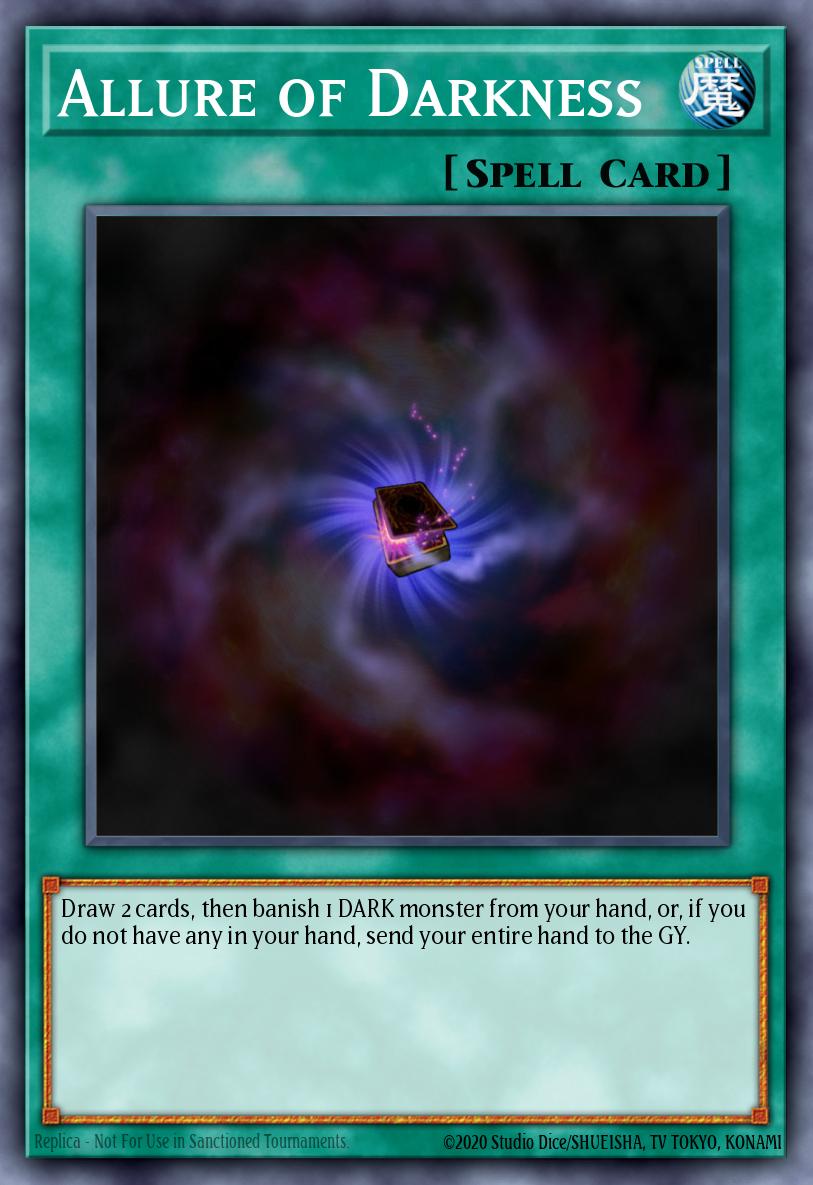
These two Decks were the first time Knife's creation was taken to a Shonen Jump event. Not only that, but they also added new cards from Phantom Darkness. This created one of the more consistent versions of DDT in the Deck's history. The Deck was able to rely on Allure of Darkness as a new draw card since many of the monsters were DARK. Williams chose to use Trade-In, also adding a new target with Darklord Zerato. Bowling, however, cut Trade-In and instead added Dark Armed Dragon to the Deck.
Beginning of the End for DDT
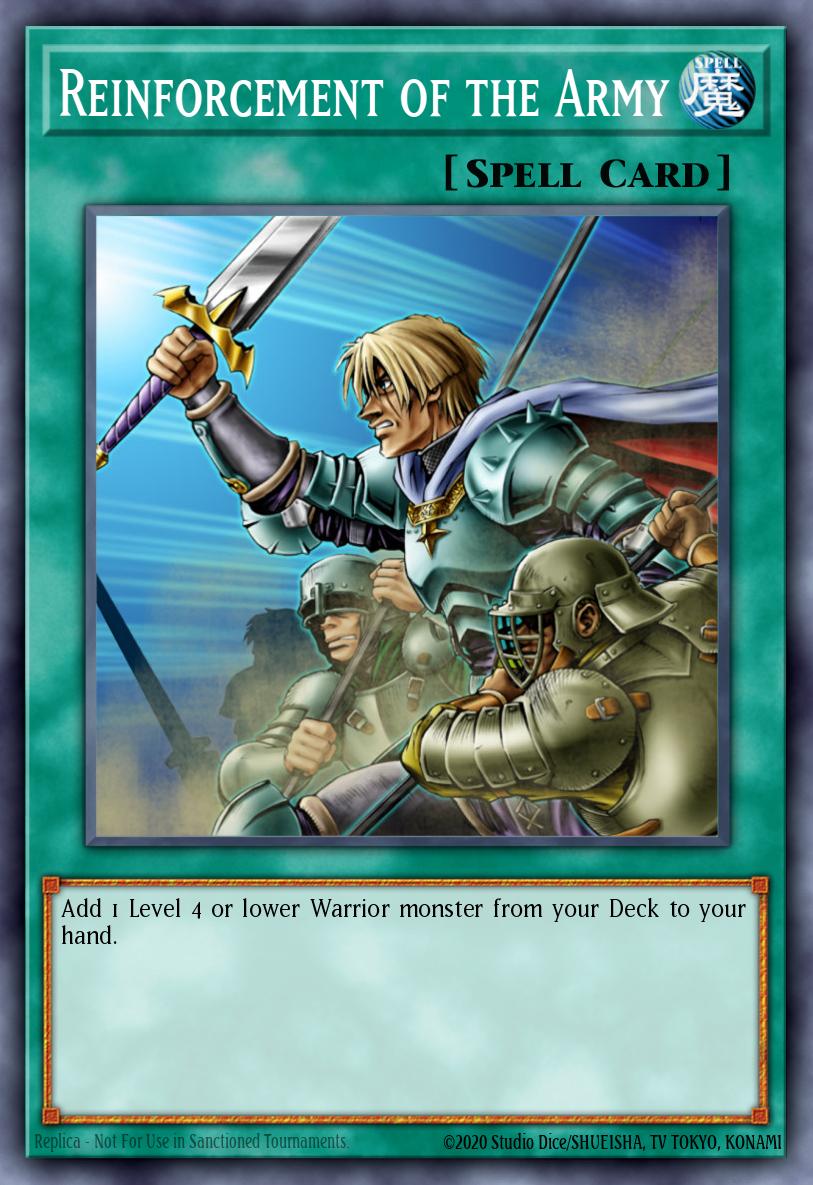
Entering the final format for DDT, the Deck got a boost with Magical Stone Excavation going to 2. This gave Perovic the opportunity to create the fastest version of DDT we've seen yet. Where the Deck gave up consistency, it made up for in added speed. The goal was to ensure you got to Elemental HERO Stratos turn 1. Doing such, it created the risk of dead draws of E - Emergency Call and RotA.
A Soldier of Light
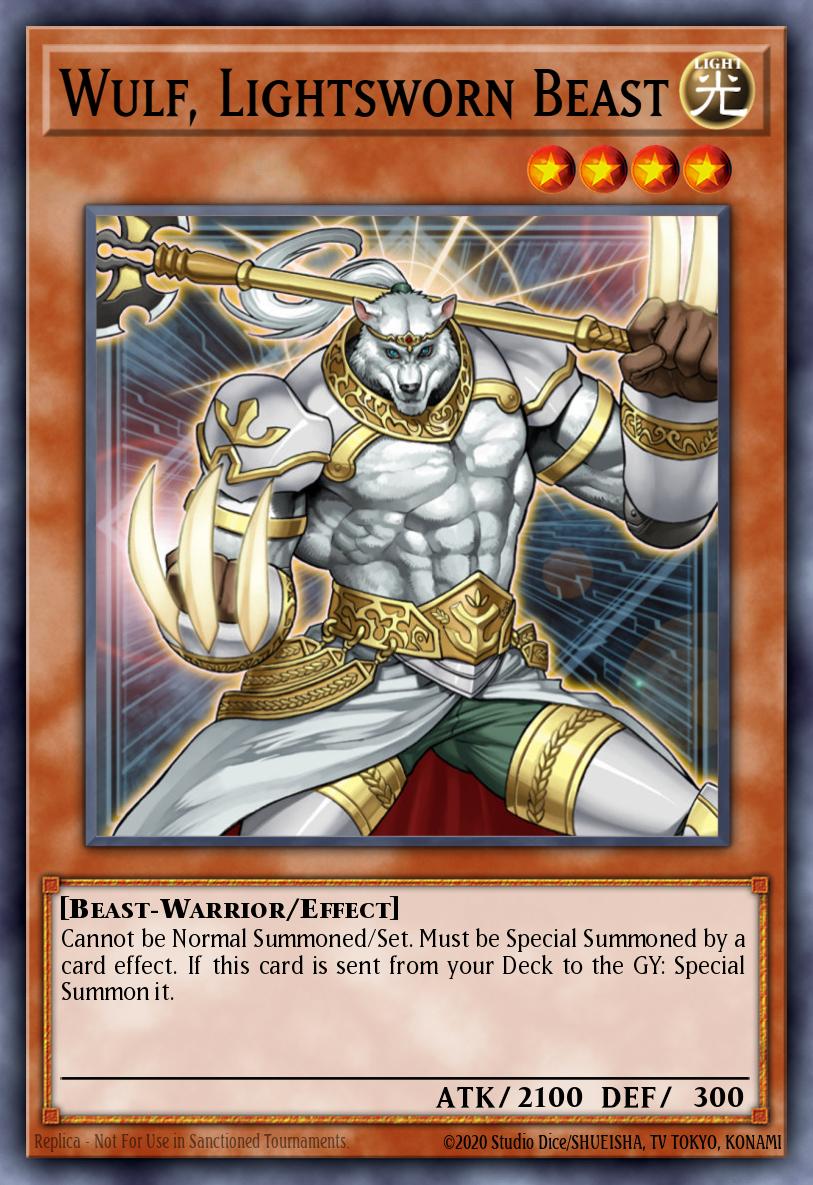
The final version of DDT to ever top an event, Sean Burris added an interesting twist to the strategy. He inserted Wulf, Lightsworn Beast to the Deck as a great card to excavate off Monster Gate or Reasoning. It wasn't summoned off Monster Gate/Reasoning, but off its own effect. Since it couldn't be Normal Summoned, the two would keep going if it hit Wulf. After the resolution of either card, Wulf would trigger its own effect to revive itself. Burris also exchanged D.D.M. for D.D.R. since it wasn't a monster to slow down Monster Gate or Reasoning.
The End of DDT
The end of DDT came via the May 2008 and September 2008 F/L Lists. In May, we saw the banning of Dimension Fusion, the main OTK enabler of DDT. The potential replacement, Return from the Different Dimension, was also limited. We also saw a consistency hit with Allure of Darkness going to 2.
Later in September of 2008, we saw the banning of cards like Disk Commander, DMOC, and Premature Burial to really put the nail in the coffin. If that wasn't enough, the limits to Monster Gate and Reasoning likely were. There was a slight boost with Malicious and Allure of Darkness going to 3, but those are relevant later for a new Deck using our favorite HERO cards.
Perfect Circle (2007)
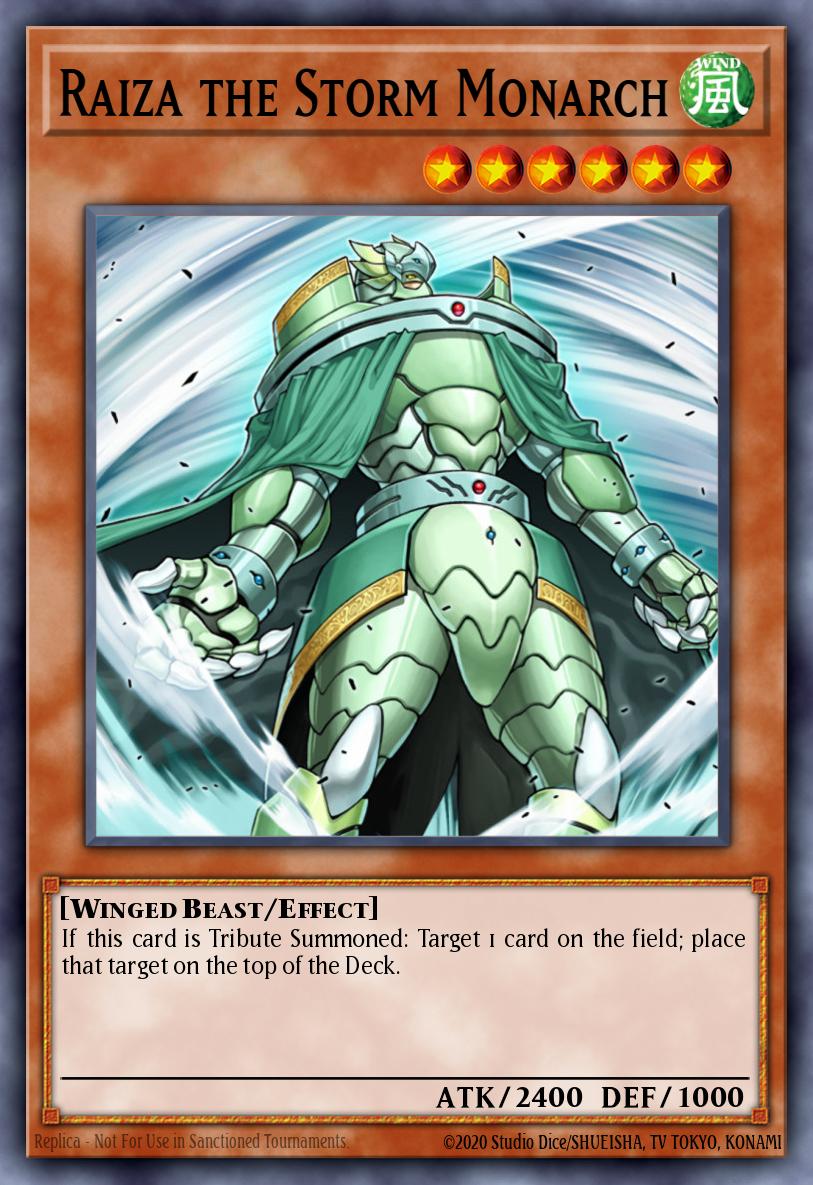
Besides Destiny HEROs, the Monarch monsters were a staple of the metagame during the GX era. You had so many versatile options with different Monarchs for so long. Thestalos take cards from the opponent's hand. Raiza put a card back on top of the opponent's Deck to prevent them from accessing new cards. Granmarg could pop set cards like backrow or Flip monsters. Mobius was good at taking out multiple of the opponent's backrow. Then finally at the time you had Zaborg to destroy face-up monsters. They were very versatile for their time and with the right cards to supplement, you could make a strong Deck.
A Monarch's Hero
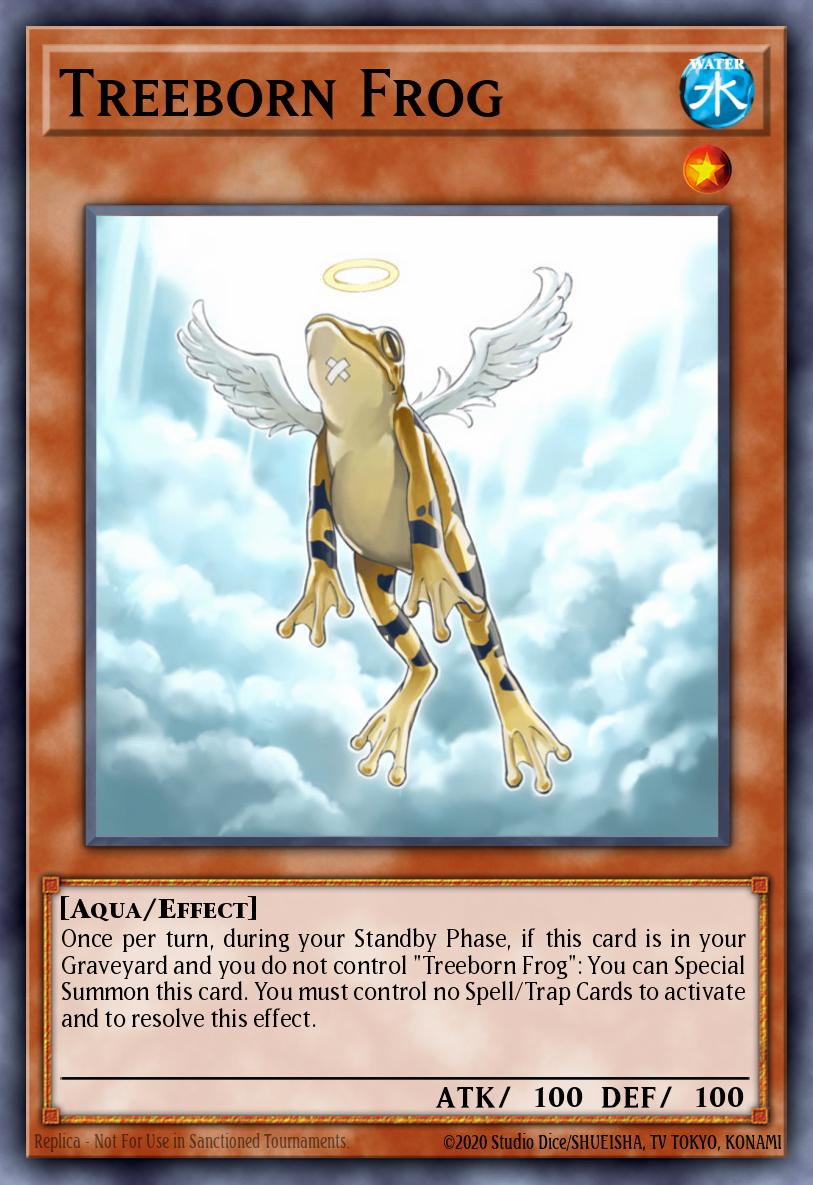
One of the most classic Monarch Decks to see success was the Perfect Circle Deck. This was mainly due to how the Destiny HERO package could serve for some good advantage and tribute fodder. Disk Commander was a free draw 2 each time it was revived, which could be done via Fear Monger, Call of the Haunted, or Premature Burial. You could also get it into the grave via Destiny Draw for more draw power, which was a card you could also use to discard Malicious. Malicious serves as good tribute fodder as well, almost similar to Treeborn Frog except not infinite.
The Deck did have its origin in March of 2007 and later took hits for the September 2007 format. With Malicious going to 2 and Disk Commander going to 1, the Deck was still viable in the format, it just had to adapt. Thankfully the perfect card was on its way to really boost Perfect Circle.
Light and Darkness
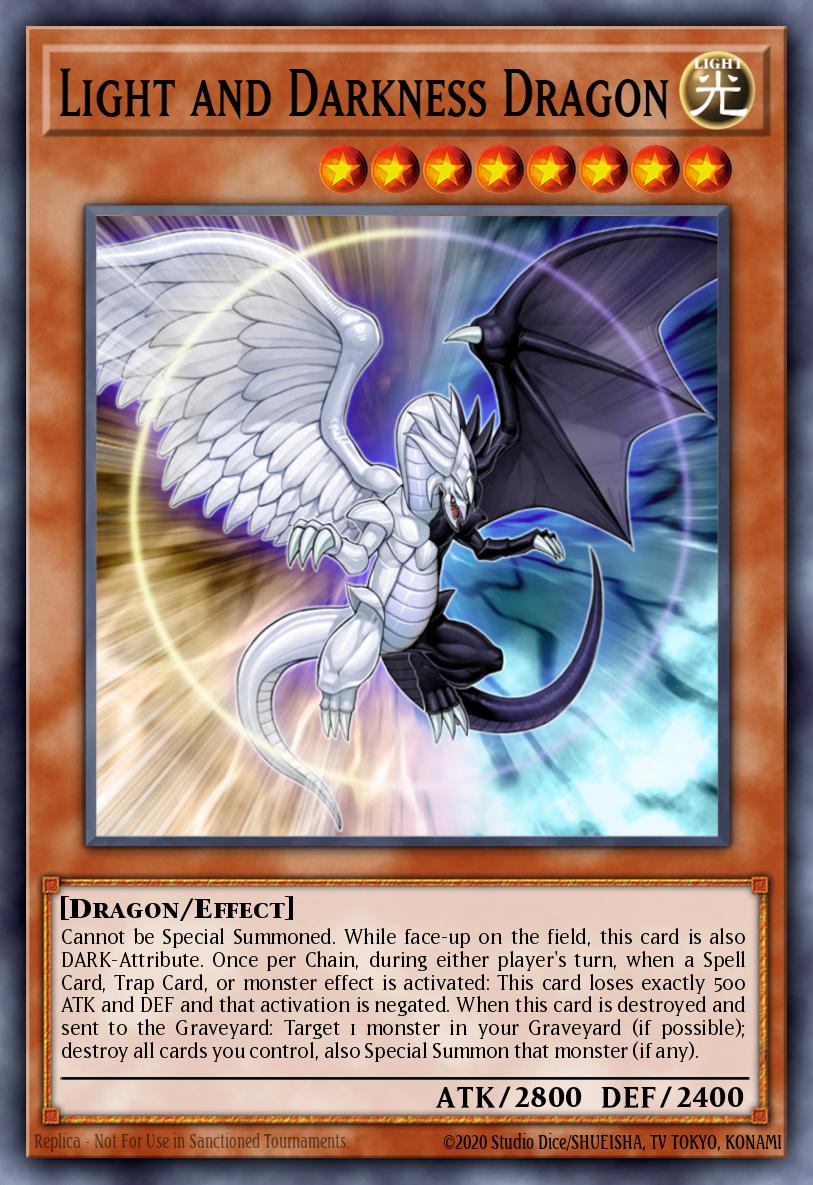
The introduction of Light and Darkness Dragon gave Perfect Circle a new powerhouse in their arsenal. LADD was able to negate any effect by losing 500 ATK and DEF points, and it could do this multiple times a turn. It got very weak very fast, but if it was destroyed, it could revive another of your monsters. This was perfect to get back your Disk Commander to generate more advantage once again. You also had Marshmallon as a new addition for a new monster that couldn't be destroyed in battle. You also can't forget Plasma was released around the same time. The biggest addition to the Deck, however, was the Light and Darkness Dragon. Even with this, the Deck died off post the release of Phantom Darkness and the game's speed accelerating.
Tele-DAD (Mid/Late 2008 - March 2009)

It seems fitting to end this with one of the most powerful Decks released at this time. Tele-DAD was a powerhouse in the meta post the release of The Duelist Genesis, being a Tier 0 force basically. You had the old Destiny HERO package and Dark Armed Dragon, but you got some big additions. We entered the Synchro era, meaning we could finally make better use of the Extra Deck. The Deck was consistent with 3 Allure and Destiny Draw for draw power. You also had triple RotA and a Stratos for searching. Krebons was also fast to access with Emergency Teleport as well.
Time to Synchro
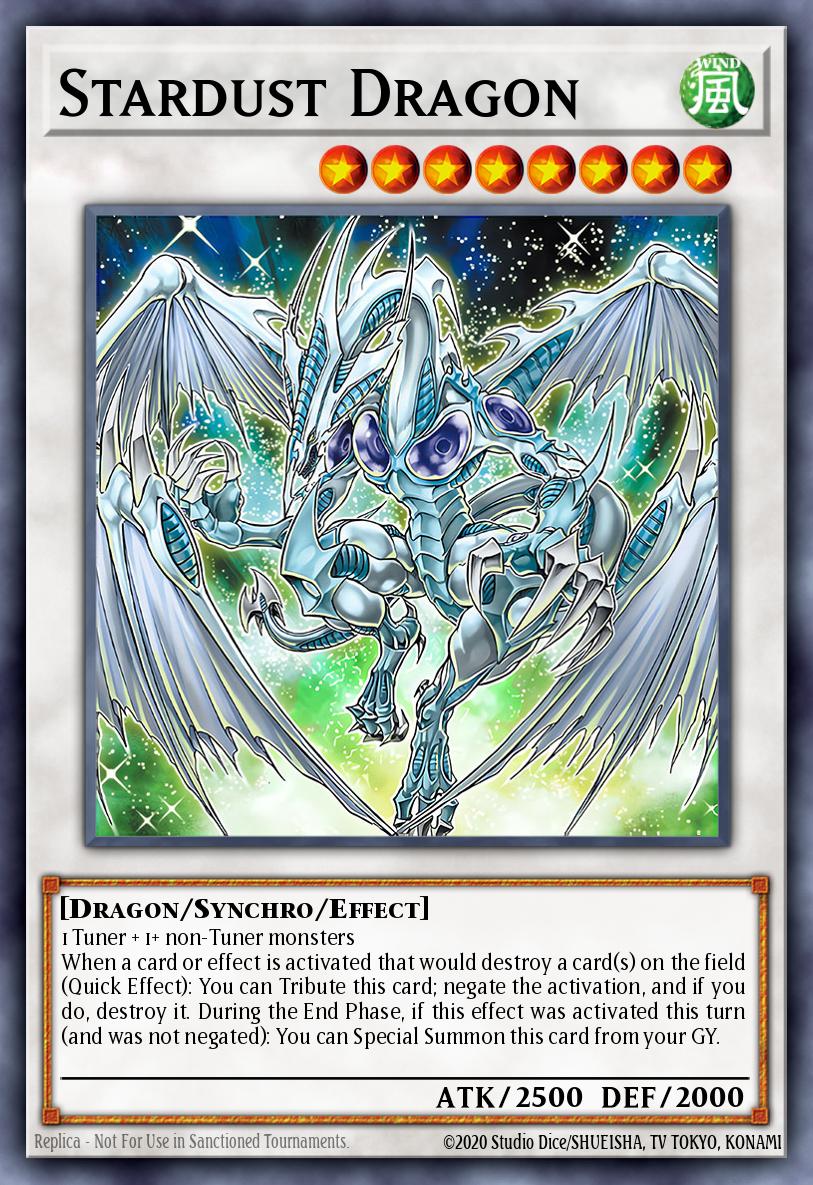
You had a few Synchro options like Stardust Dragon, Red Dragon Archfiend, Colossal Fighter, Thought Ruler Archfiend, and Goyo Guardian. We didn't have a lot of Synchros, but it was enough, especially with how easily you could do it. A Tuner was easy to provide with Emergency Teleport into Krebons. Access to Krebons and any Level 4 gave you pre-errata Goyo Guardian, which was generic. If you had Malicious, however, you got access to your powerful Level 8 Synchros with ease. Krebons was also DARK to fuel Dark Armed Dragon, which graveyard control was easy with Mali banishing itself.
A Gale of the Plague
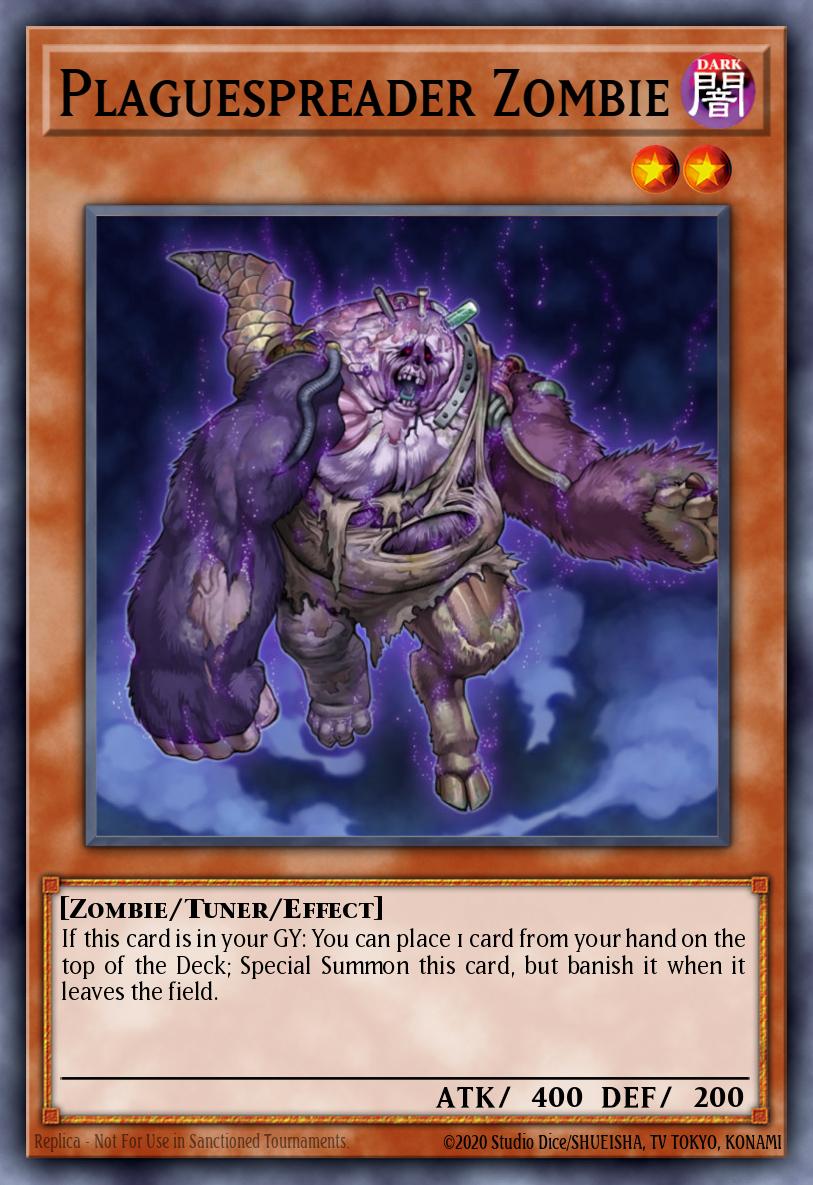
Crossroads of Chaos offered an update to Tele-DAD as well. One main new card was Plaguespreader Zombie. It was another good Level 2 Tuner that could revive itself just by putting a useless card from your hand on top of your Deck. It helped control your graveyard's DARK monsters and gave you Synchro access. Goyo Guardian potentially stealing a Zombie could justify using Revived King Ha Des or Doomkaiser Dragon as well. You didn't truly need 3 of each Synchro, and you had extra space, so it's an option. Another big option was Black Rose Dragon, a generic Synchro that wiped the board on summon. It was a powerful card to blow the opponent out. It justified sometimes using Psychic Commander at times for a Level 3 to go with your 4s, but it wasn't always used. Crossroads of Chaos was a good boost for Tele-DAD.
End of an Era
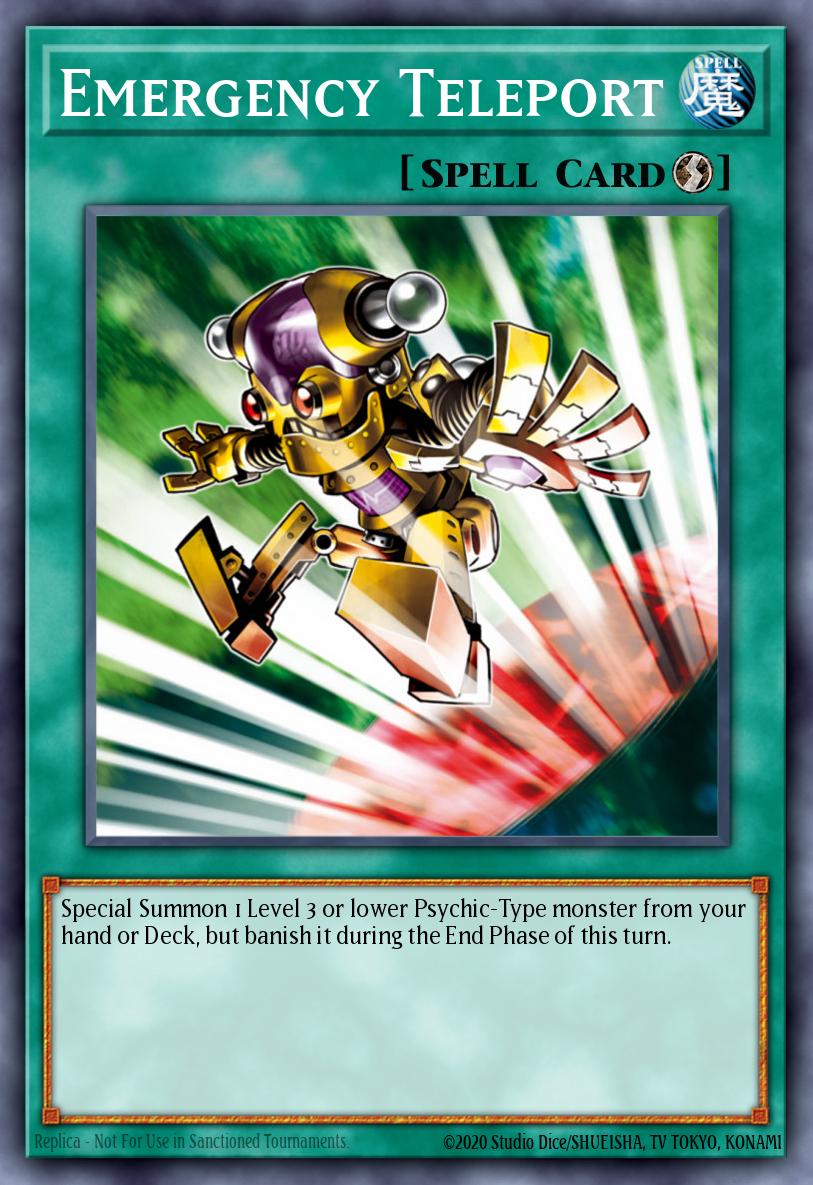
Tele-DAD's dominance ended in March 2009 with the F/L List update. Several cards in the Deck got limited. You lost Dark Armed Dragon, Goyo Guardian, Emergency Teleport, and RotA to 1 at the time. You also had consistency semi-limits with Malicious, Destiny Draw, and Allure of Darkness. It was still a playable option after March 2009, but its dominance was over at this time. Same for the dominance of the Destiny HERO package with Stratos. Once again, you still saw it from time to time, and I'll get around to those Decks eventually. It was just not as dominant after Tele-DAD went down.
Conclusion
This era for Destiny HEROs and Stratos well represents the GX era very well. You did see the introduction of archetypes, but they were never good enough to be pure. That's why you saw packages alongside a wild assortment of cards. With that said, these cards did leave their impact during this period and it'll be something many will not forget. These weren't the only HERO variants at the time, there are two certain cities I need to discuss, and that'll be next time.


